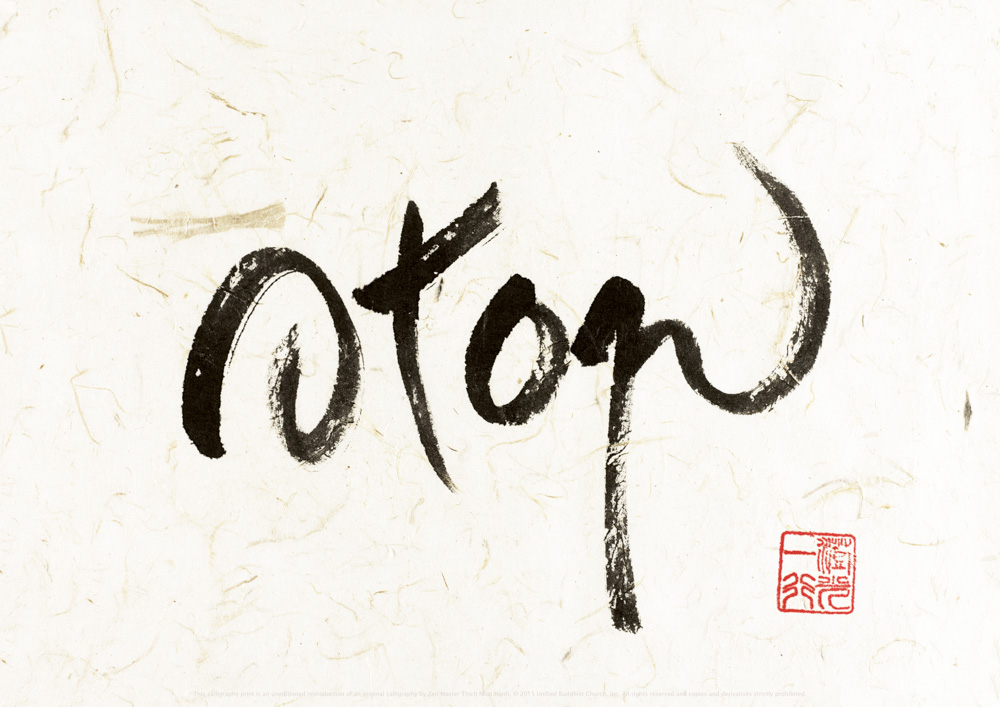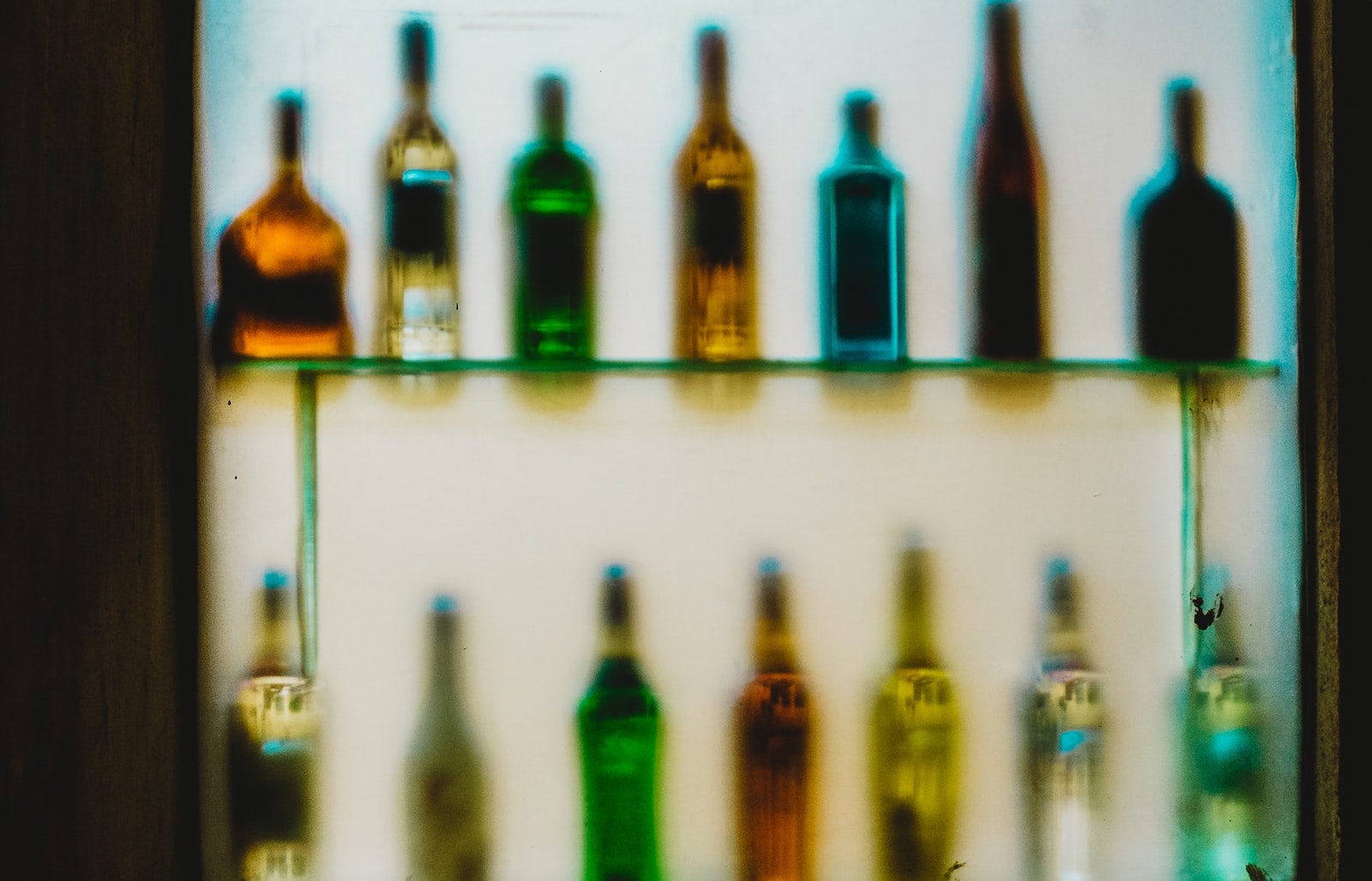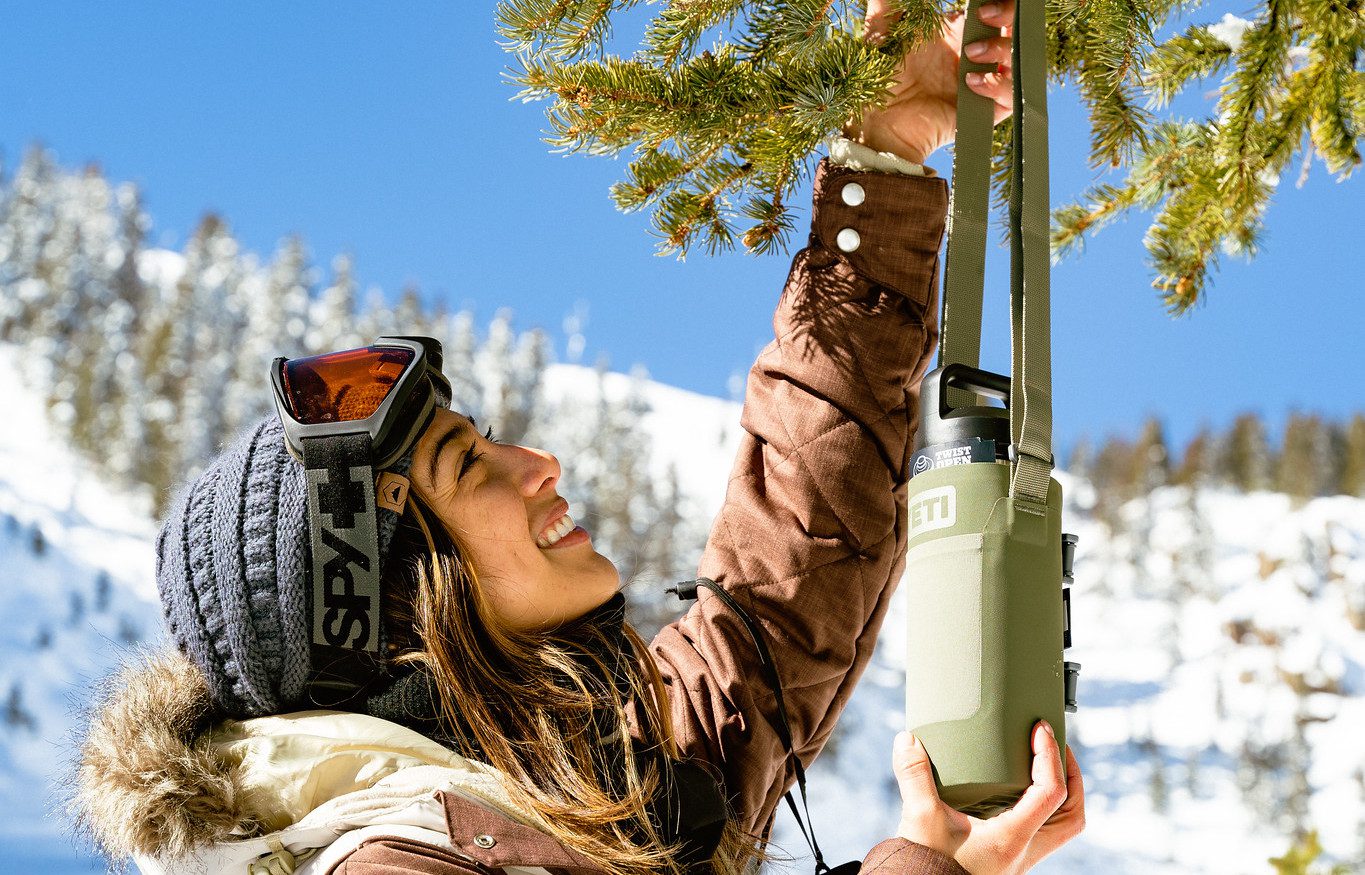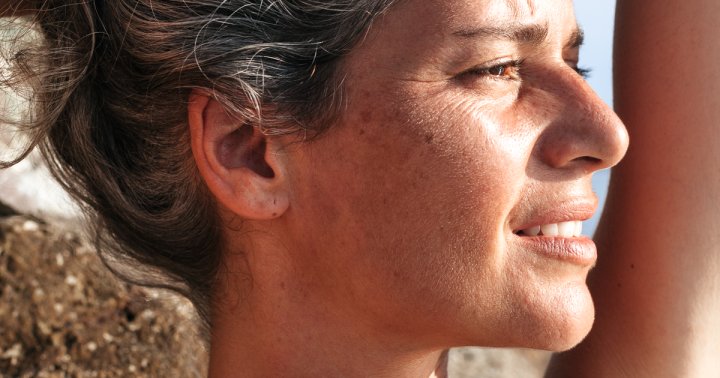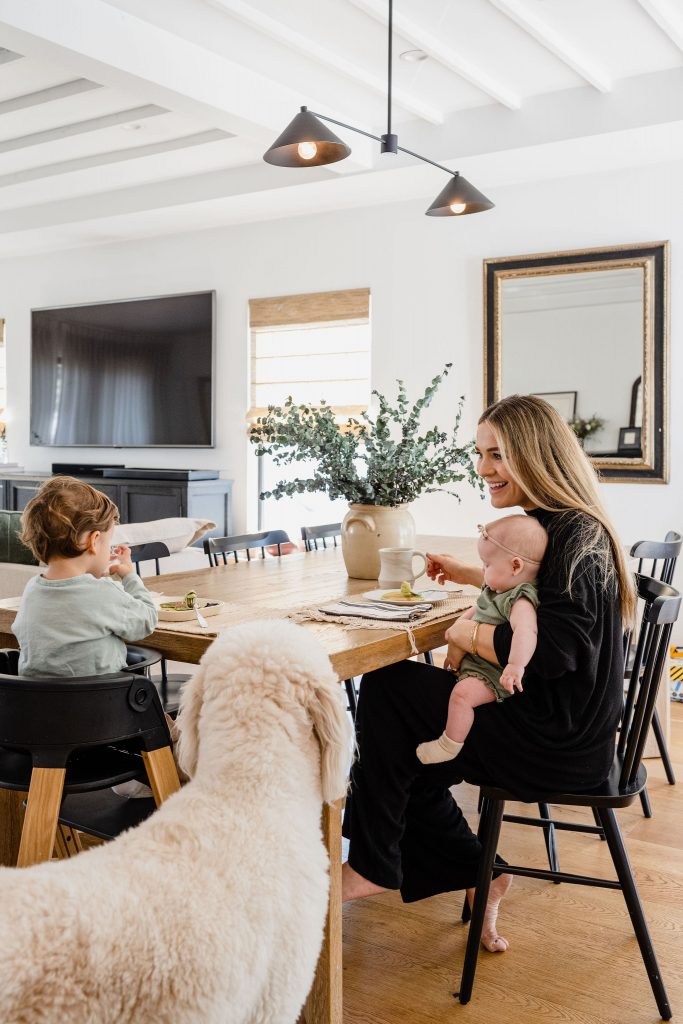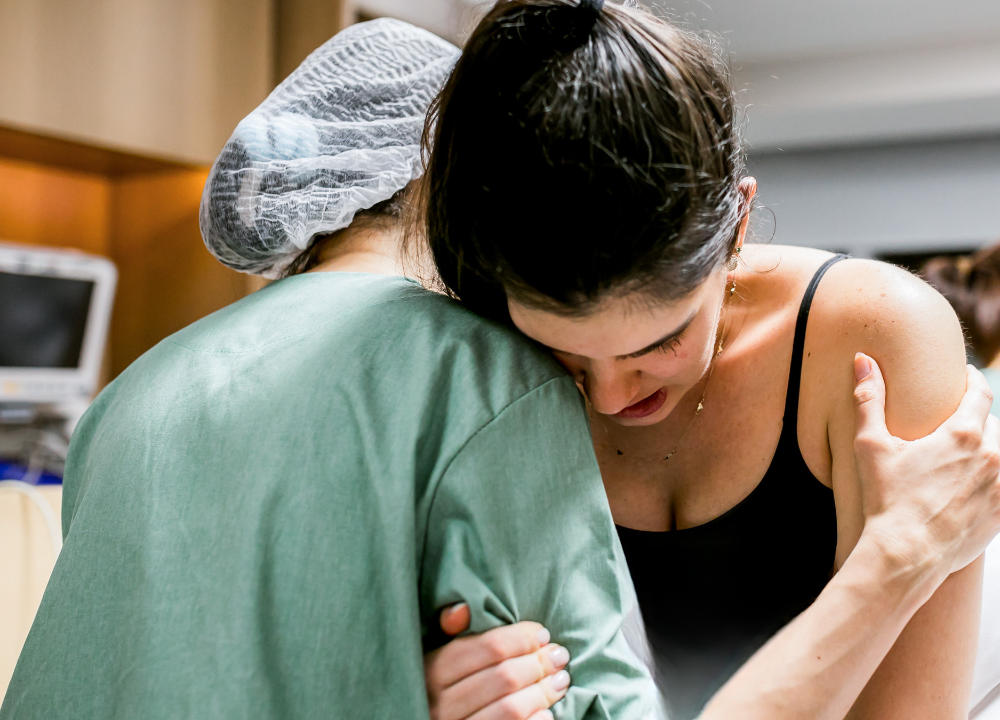Why Rituals Matter (and How to Create Your Own)
Mark the important moments in your days, seasons and years with meaningful, mindful action. The post Why Rituals Matter (and How to Create Your Own) appeared first on Mindful.
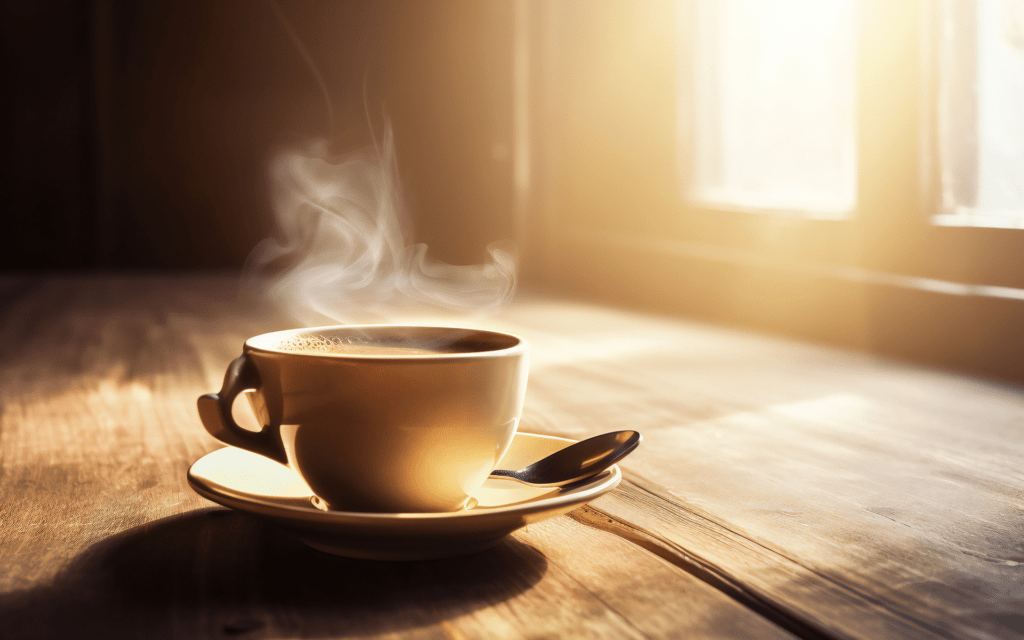
My whole body softens when I hear the grind-click-pop of my lighter, followed by the sizzle of lit candle wick. A cup of milky Irish breakfast tea emanates heat onto my left elbow as I find a blank page in my journal, and my morning ritual begins.
The sounds, smells, and tastes of this ritual feels like it lives in my cells, now, after all these years.
It started when my youngest child—now a 7-year-old Lego aficionado—was just a baby. I barely had time to brush my teeth, but the desire to reclaim even just a few moments when I could feel like myself again was powerful.
Now, in no small part because of the insights I unearthed in those early morning writing sessions, ritual creation is a part of my job. I am often asked: what exactly is a ritual? And why do I need one?
Ritual is mindfulness in action.
The truth is, we humans are ritual beings. We ritualize everything from birth to death to the way we make our morning coffee. And there’s a reason: ritual is a way of putting a pin in the map of our lives and saying “this matters”—a way of marking the important moments in our days, seasons, and years.
Rituals can also help ground us in a world that often feels chaotic. When I ask Becca Piastrelli, author of the book Root and Ritual: Timeless Ways to Connect to Land, Lineage, Community and the Self, why we need ritual, she shares that beyond marking meaningful moments, rituals help us “stabilize life and turn the world into a reliable place.”
Contrary to popular belief, as ceremonialist and death doula Sarah Kerr says, ritual doesn’t have to be “all bells and smells.” It is simply action imbued with meaning and intention; a way to slow down time and truly notice our lives.
In this way, ritual is mindfulness in action.
But many of us have lost the skill of creating meaningful ritual, outsourcing our baby shower and birthday party ideas to Pinterest and Instagram, often more concerned with how they look than what they mean. Still more of us, disconnected from the rituals of our lineage, feel the pull to draw from—or even appropriate—rituals from cultures not our own. Carmen Spagnola, author of the book The Spirited Kitchen: Recipes and Rituals for the Wheel of the Year says “despite the miracle of internet connectivity, we are living in an age of cultural loss, disconnection and spiritual bereftness, piecing together new traditions mostly through research rather than lived experience.”
And so, despite the almost magnetic pull we have to make meaning of our lives through ritual, our earnest attempts fail, ultimately, to do the important work of allowing us to pause and take stock of our lives, transition from one phase of life to another, and to mourn, honor and celebrate it all along the way.
How to Create a Meaningful Ritual
Luckily, creating a meaningful ritual isn’t difficult. When I’m guiding people in the process of ritual design, we focus on two primary steps followed by four key considerations that enrich and enliven your ritual.
The first step is to decide what your ritual is about. See if you can sum up the intention or purpose for your ritual in one word.For example, perhaps your birthday party is about “beginning.” My morning ritual is about “self-connection.” Other ideas might be rituals of release, celebration, honoring, completion, or healing, for example. A strong and clear intention is the root structure of your ritual, so it’s worth taking the time to contemplate, really considering what your ritual means to you, and why it matters.
The second step in designing your ritual is to brainstorm what actions or processes come to your mind when you think of the intention you’ve just set.When I think of beginnings, I think of planting seeds or stepping over thresholds. For me, a ritual of celebration must include cake and community. This part of your ritual design process is wildly creative, and benefits from mind maps and friends to brainstorm with. It’s also the most important step to creating a ritual that is authentic to you and that actually functions in the way a ritual should: to be so meaningful and resonant that its intention lives in your body, mind, and spirit. In other words, if full moons and bonfires don’t spring to mind when thinking about creating a releasing ritual, or if being wrapped in a toilet paper “gown” at your bridal shower doesn’t float your boat, then this is your chance to make this process your very own.
4 Key Questions to Ask Yourself About Your Ritual
From this second step, you should have a pretty good idea of what you will do to enact your ritual. Now, here are some questions for you to consider that will help you build on this to create a meaningful, memorable moment.
1) Is your ritual a regular ritual that you repeat on a daily, monthly, or seasonal basis?
Or is it a single event? Either way, considering when your ritual will take place—whether it’s in the morning before the kids wake up, or on a grief anniversary—your choice of timing can be just as meaning-laden as your ritual itself.
2) How does your ritual begin and end?
Traditionally, the time and space inside of a ritual process was thought of as “non-ordinary,” where the preoccupations of day-to-day life fall away and the intention of your ritual is the solitary focus. And so, it helps to demarcate this space with an action—as simple as lighting a candle as you begin and blowing it out afterward, or reciting a prayer or poem to begin and end your ritual.
3) How can you incorporate as many of your five senses into your ritual process as possible?
Without overcomplicating your ritual or crowding out your original intention with “bells and smells,” how might you weave a few sensory elements into your ritual process so that you may feel its intention in a deeply somatic way?
4) What support do you need to enact your ritual?
Perhaps you need your partner to take the kids for a few hours, or your friend to photograph it, or even just someone to hold space for you afterward, supporting you to integrate the power of the process. Ritual is often also an act of community building so go ahead and ask for the support of your loved ones.
And presto! You have a ritual! I kid, a little: though your ritual may come together quickly and with ease, it’s also okay to take your time to consider all of these steps as you dream up your ritual process.
The mug of tea at my elbow is nearly empty, and the promise of dawn is winking over the horizon. My morning writing ritual—which today has resulted in the words you’ve just read—is complete. Before I blow out my candle, I send a little wish that you might find ways to weave ritual into your own life and mark its moments of sweetness and poignancy with presence and reverence.
How to Practice Breathing Meditation
Meditation teacher Diana Winston and researcher Susan Smalley address some of the most common concerns that come up when people first try mindful breathing meditation.
Read More
The Power of Sustainable Self-Care
Shelly Tygielski explores how consistently showing up for yourself first lays the foundation for our life’s purpose—showing up for others—and how to create your own self-care practice.
Read More

 JimMin
JimMin 









